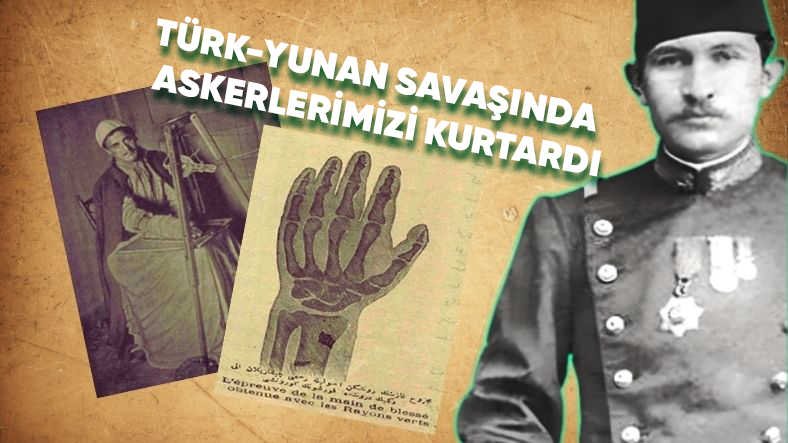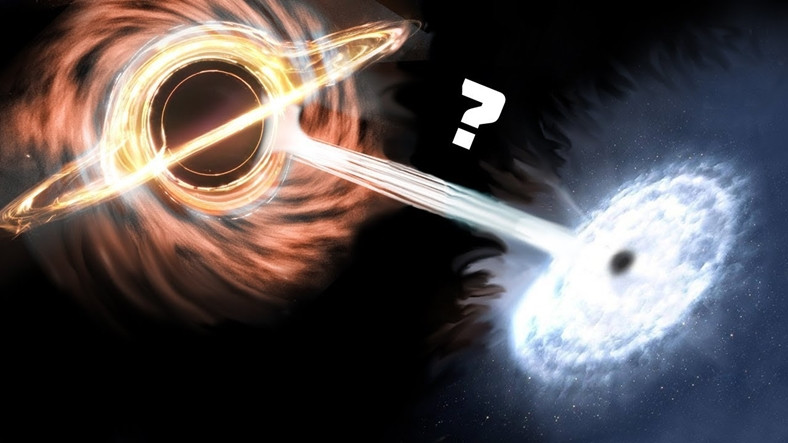Nowadays mainly in x-ray medicine, power generation, animal husbandry, agriculture, earth science, biological treatment, food preservation, archeology and criminology. used in many areas.
Let’s talk about the history of the x-ray and in the medical field Let’s take a closer look at the story of the first use.
Wilhelm Röntgen discovered a kind of ray on November 8, 1895, which he called “X-ray” because it was not known what it was.
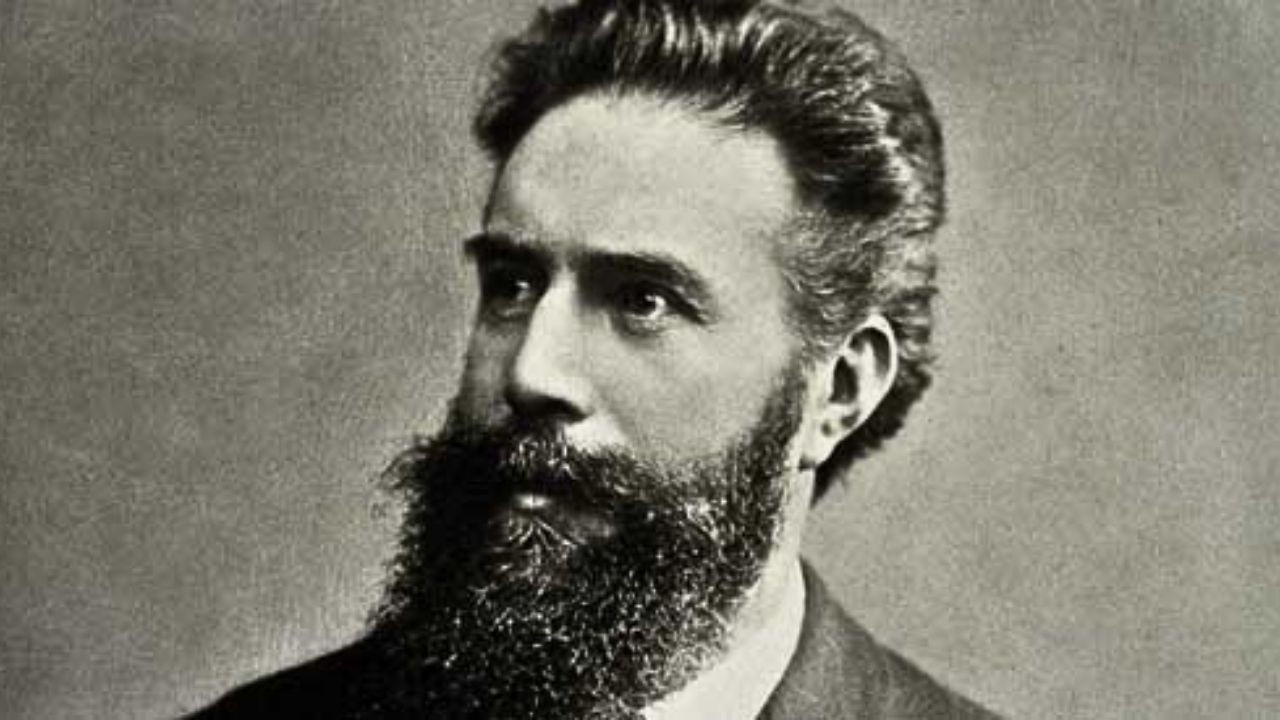
While experimenting in his lab, Röntgen wrapped a glass tube in opaque black paper. A positive metal electrode was connected to one end of this vacuum evacuated cylindrical tube and a negative metal electrode to the other end (Crookes tube). While Röntgen waited for the “electrons” to go from negative to positive in this experiment. Something he never expected happened.
Because it was pitch dark inside and electrical current was running through the tube, he noticed a light flashing on the table and a greenish glow reflected off a plate on the table. Realizing that when he removed this barium platinocyanide coated plate and repeated the experiment, he got the same result. He realized he had found an “unknown” ray.
He took the first x-ray with his wife’s ringed hand.
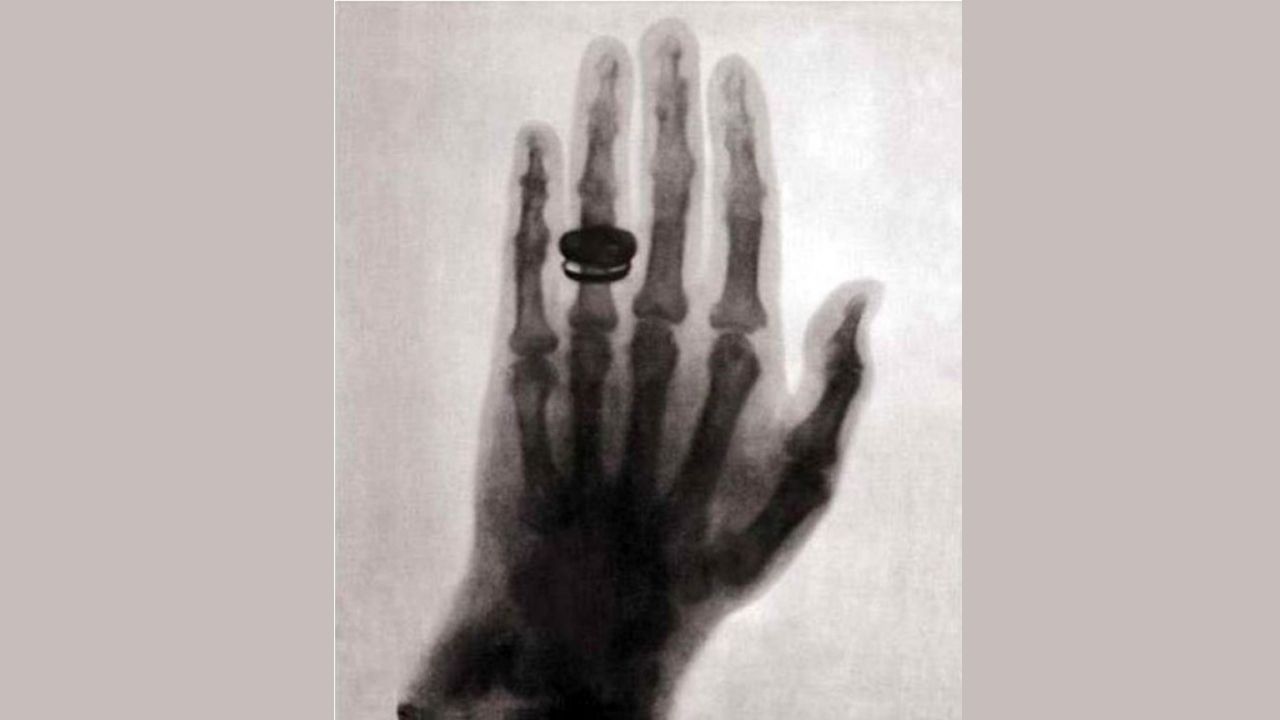
This ray, which was initially called the X-Ray, later became Also called the “X-ray” after Wilhelm Röntgen.
X-rays were announced in the French magazine “La Semaine Medicale” of January 29, 1896, and thanks to this magazine, Esad Feyzi Bey, who is known as the pioneer of radiology in Turkey, learned about X-rays.
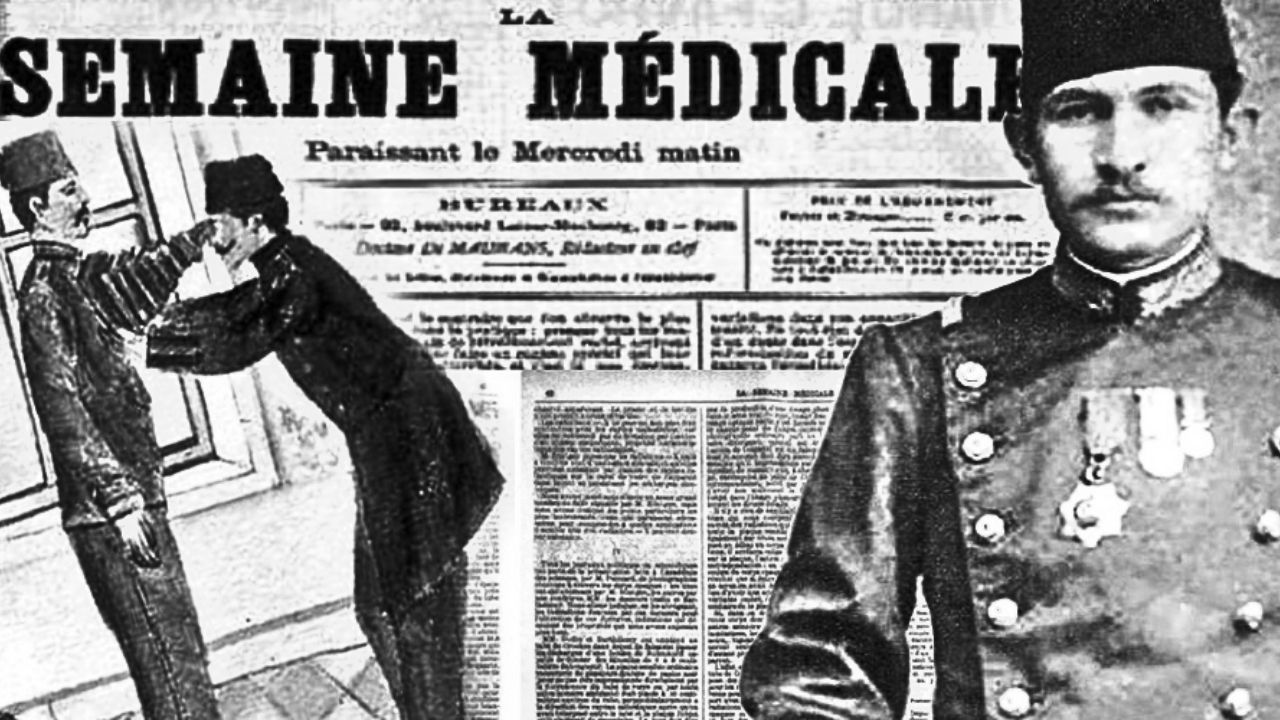
Senior student of Gülhane Military Medical School who learned the technique from the magazine Esad Feyzi Bey was able to take X-rays and thus made the first X-ray in Turkey. Akil Muhtar Özden, a professor at Istanbul Medical School who accompanied Feyzi Bey in the first trial, expressed his surprise at the first trial with the following sentences:
“A photo glass was placed on the table, covered with several layers of black paper. The tube was placed. I put my hand on the glass. Finally the time was enough. We immediately ran to the dark room. We developed the photo. The first X-ray was made in Turkey. The bones of my hand were visible. I cannot describe the love and admiration I feel for Assad Feyzi. Then pictures of other hands were taken.”
Esad Feyzi, together with Rıfat Osman, to popularize the X-ray machine he called “Unknown Rays”, Yıldız Hamidiye Sultan Imperial Hospital Chief Surgeon Prof. dr. He applied to Cemil Topuzlu. In their petition to Cemil Topuzlu it was written:
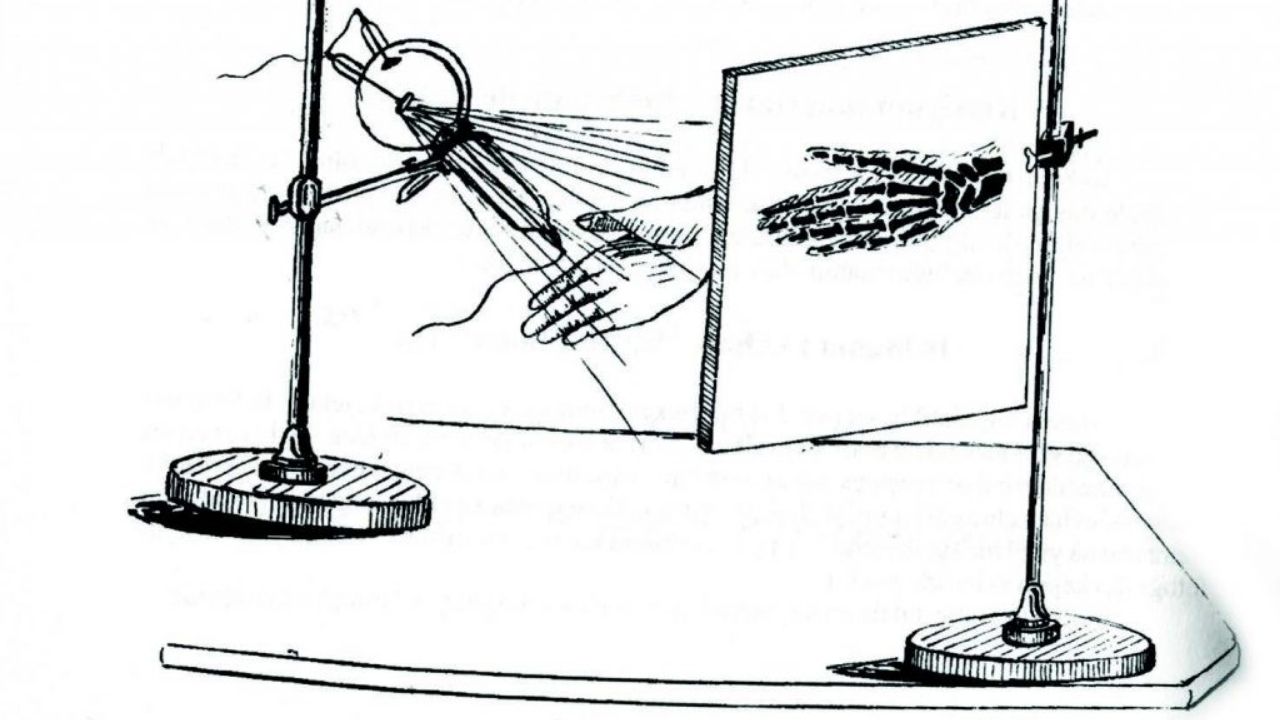
“While it is read with gratitude and gratitude that the injured Ottoman veterans will be treated in the Yıldız Highest Hospital, the unknown beam device, which is in the physics laboratory of the Military Medical School, is being transferred to the above-mentioned highest hospital. to determine the nature of bullet fragments with unknown locations and bone fractures that occur in various situations. We kindly request and request that the above-mentioned device be used by us, and thus the honor of X-ray surgery be given to Ottoman medicine in the world of civilization and that the wounded be saved from their long sufferings, to intercede. Esad Feyzi, Rifat Osman.”
Prof. Dr. Cemil Topuzlu accepted the request with this petition; Thus, X-rays began to be used in Yıldız Hospital to diagnose the injured.
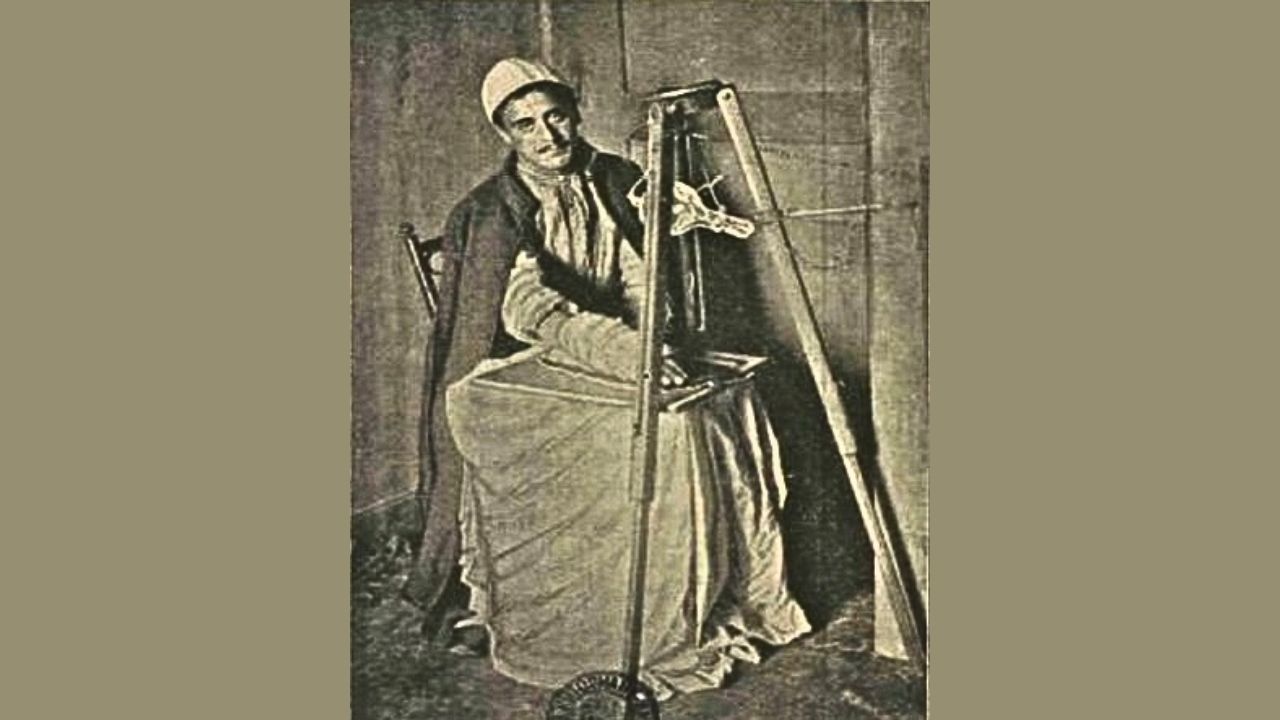
The first X-ray was taken to detect the shrapnel in the right wrist of a soldier named Boyabatlı Mehmet, who was wounded in the Turkish-Greek war. This is how X-ray also started to help injured soldiers during the war.
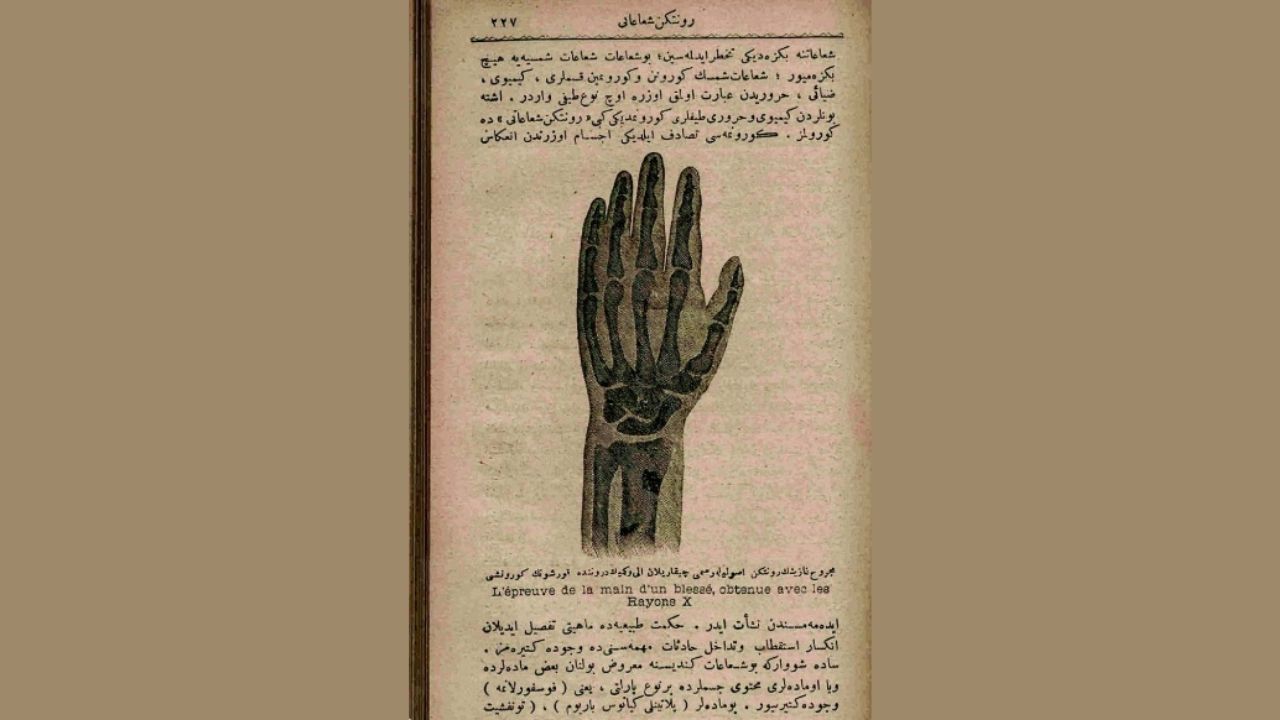
Sultan Abdulhamid, Dr. Esad Feyzi Bey and Dr. He rewarded Rıfat Osman.
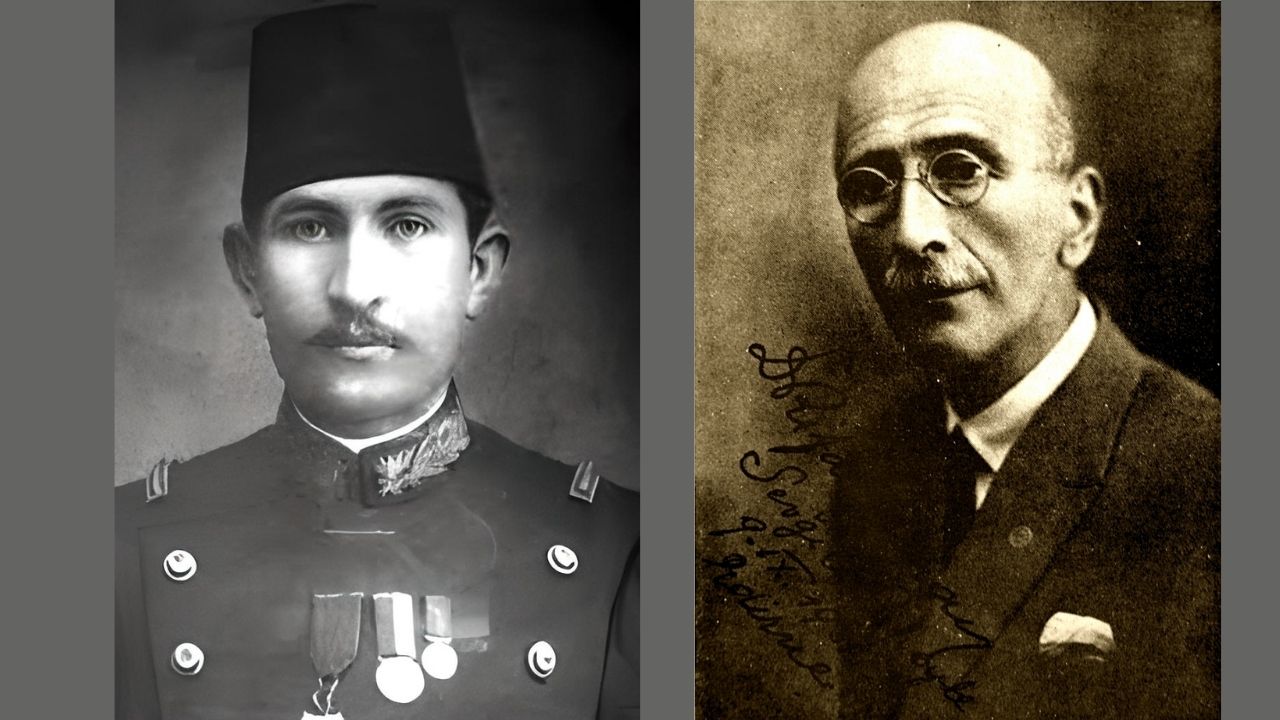
Abdulhamid was very happy with these developments and 15 coins gold rewarded these two doctors by passing
The head of the Red Cross organization, Dr. Hermann Küttner, was impressed by this practice that he saw during his visit to the hospital, and after the report he gave to the then German Emperor Kaiser Wilhelm in 1898, Yıldız Hamidiye Etfal hospital offered a modern X-ray machine.
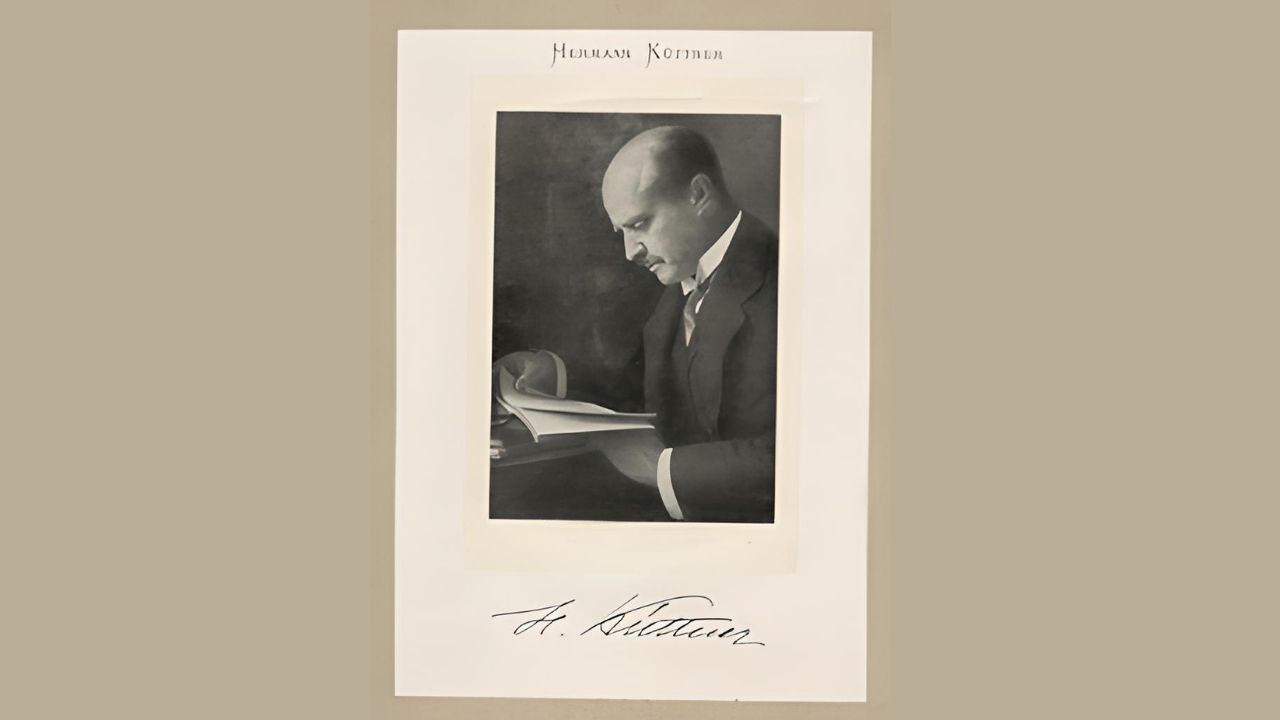
Dr. Esad Feyzi Bey started teaching X-rays as a lesson in schools.
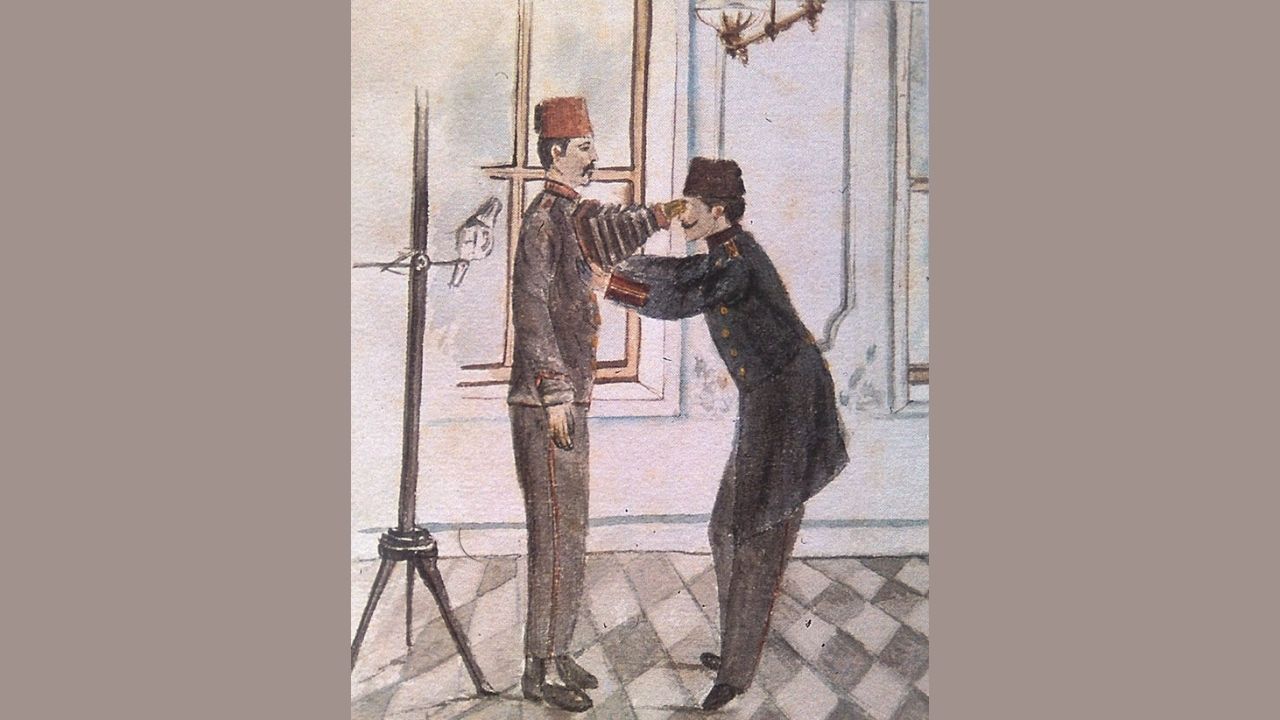
The image describing the treatment in Esad Feyzi Bey’s textbook.
Esad Feyzi Bey started teaching ilm-i wisdom-i Tabiye, ilm’ül-arz and ilm’ül-maadin in schools. He introduced x-rays and incorporated them into medical school courses. He also made a request to Chief Surgeon Cemil Topuzlu and enabled the opening of a unit called “Röntgen Şu’a’ati Provincial Inspection Branch” in the Department of Surgery.
Esad Feyzi Bey collected his X-ray studies in his book titled “Röntgen Şu’a’ati ve Tatbikat-ı Tıbbiye ve Sahnesi”. For example, he wrote the first book on X-rays in our country.
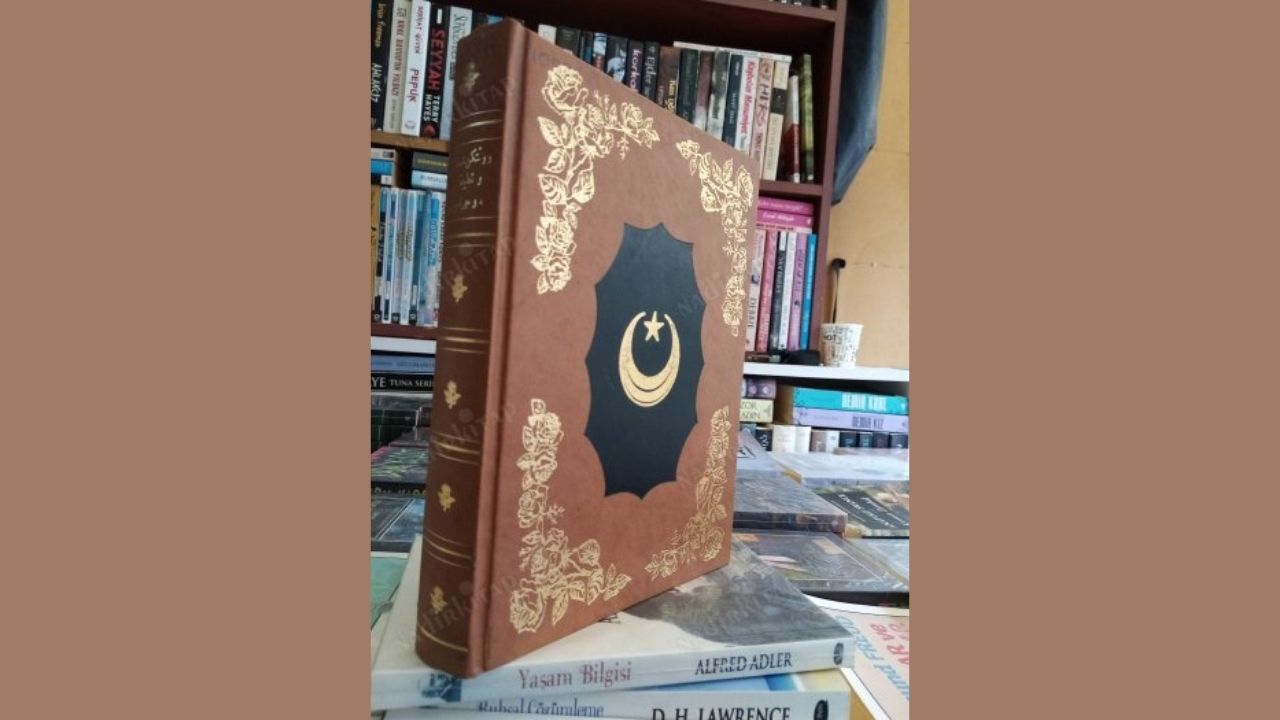
In the last part of this work Fields of application of X-rays was noted as follows:
- “In determining the location of bullet and bullet pieces in the body
- In determining the location of foreign bodies escaping into the esophagus, especially in children.
- In determining the location of objects such as needles and awls that pierce and break any part of the body
- Treatment of fractures, sprains and joint dislocations
- In the diagnosis of bone diseases (such as osteomyelitis, osteoarthritis, bone marrow inflammation, bone tuberculosis, muscle tuberculosis, bone hardening)
- In the examination of hand and foot abnormalities
- In the diagnosis of kidney and bladder stones
- In determining the condition and position of the fetus in the womb before or during birth
- in forensics
- Distinguish real diamond from fake diamond
- When examining those sent by mail
Esad Feyzi Bey died in 1901 when he was 28 years old when a wound on his face turned into meningitis.
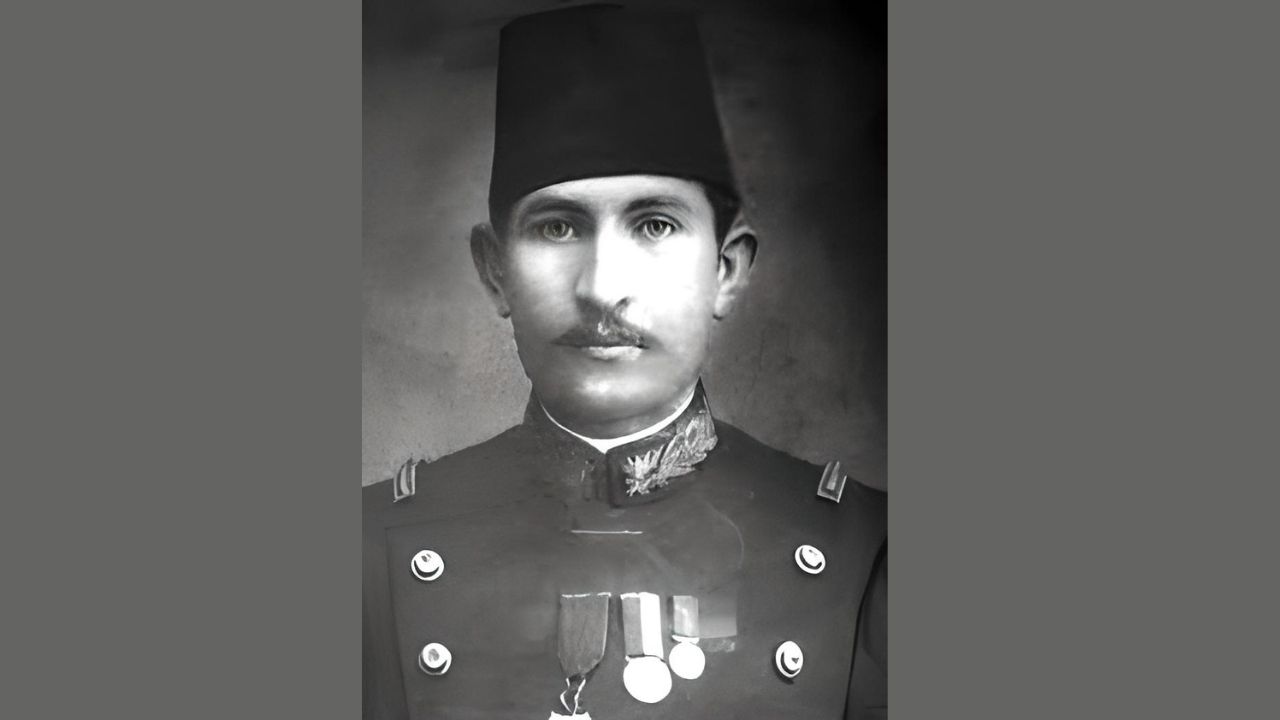
Sources: History Magazine, Urgent, Opinion
Follow Webtekno on Threads, don’t miss the news







